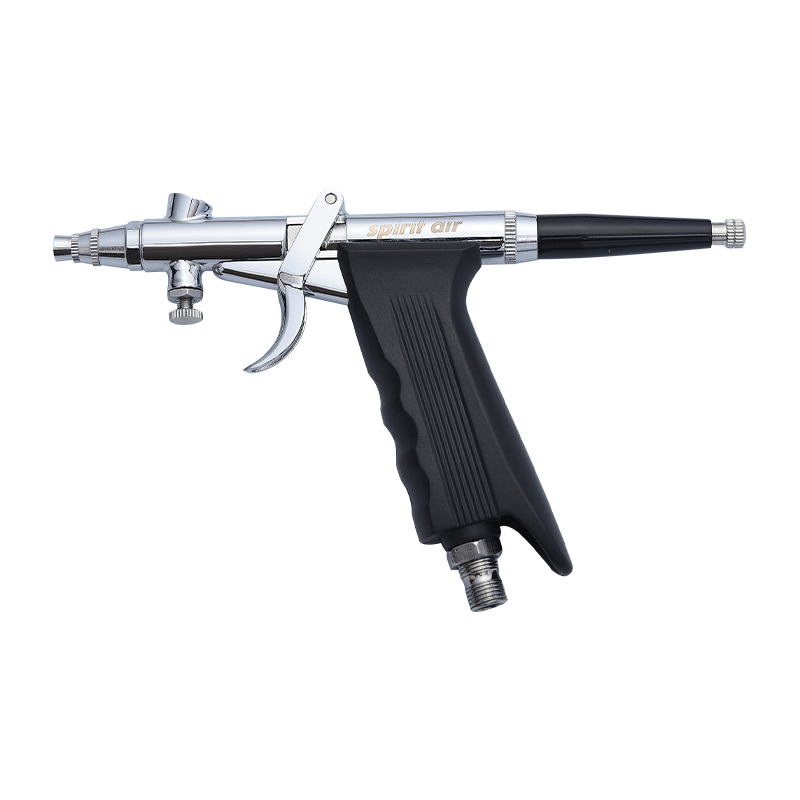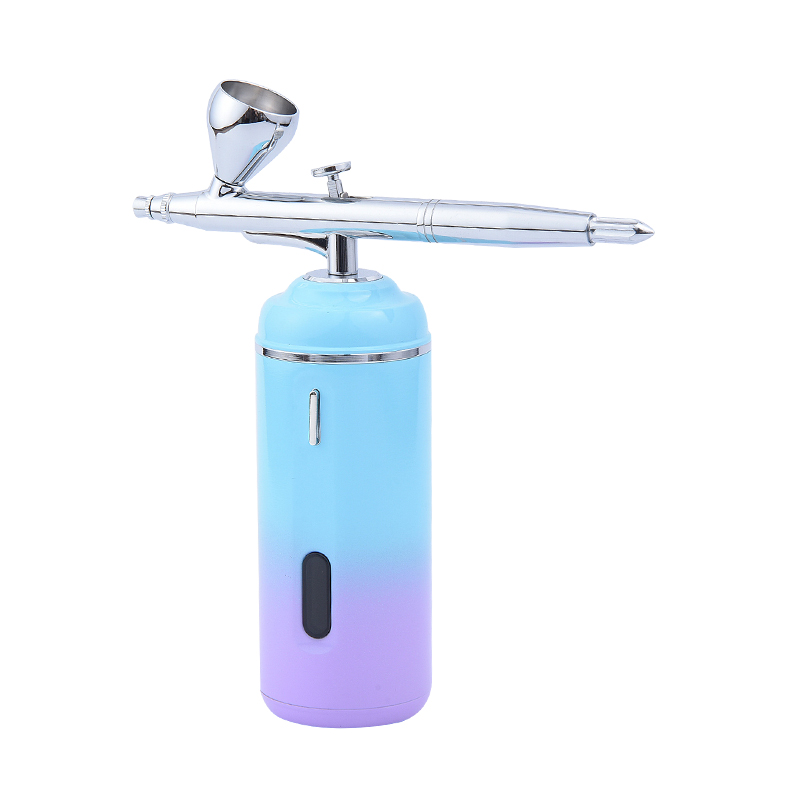Dec 15,2025
The mini airbrush compressor has limitations in mobile operation and needs to be carefully evaluated:
Volume and weight advantages:
Compared to large industrial compressors, mini models are smaller in size, lighter in weight, and physically easier to carry, move, or temporarily change operating points (such as different corners of a dressing table).
Strong power dependence:
The vast majority of mini compressors require plug-in use (220V or 110V). The range of movement is strictly limited by the position of the power socket and the length of the wire, and it is impossible to truly move freely outside of a fixed power environment (such as outdoors, in a car without power, or remote makeup repair in the backstage of an event).
Risk of power adaptation:
Frequent plugging or use of low-quality mobile sockets/extension cords can easily lead to poor contact and unstable voltage, which may damage the compressor motor or cause abnormal operation of the airbrush.
Gas supply pipe restrictions:
The airbrush and compressor need to be connected through a gas pipe (usually 1-2 meters long). When moving, the air pipe is prone to entanglement, tripping, or pulling on the interface, which can interfere with the smoothness of the operation and even damage the airbrush or compressor air valve.
Further deterioration of stability:
It is difficult to ensure absolute horizontal placement of the compressor during movement (some models are tilted, which affects operation). When the handheld airbrush is moved, it is more likely to pull the compressor together, intensifying its vibration and noise, making the already unstable air pressure output even more unreliable, and the atomization effect fluctuates greatly.
Noise exposure issue:
When moving, the compressor noise is directly exposed to the operating environment (such as near the customer for makeup repair). Its high-frequency noise or vibration can easily cause discomfort to customers, damage professional image, especially in sensitive occasions (film and television shooting, silent backstage).
Endurance Hardship (Battery Free):
Models that rely on mains power have no endurance capability at all. Complete failure during sudden power outages or when working in areas without power supply.
Deadly defects of battery models (rare):
A few mini phones equipped with batteries are limited by battery capacity and power:
The air pressure/volume is severely reduced, and the atomization effect is far inferior to that of the plugged in state.
The battery life is extremely short, and continuous operation usually only lasts for a few minutes to a dozen minutes, with frequent interruptions in charging.
The battery ages quickly, and after multiple charges and discharges, its performance drops sharply, quickly becoming a decoration.
| Factor | Mini Compressor Mobility Claim | Reality for Mobile Operation |
| Physical Size/Weight | Lightweight & compact | Physically portable - Easy to carry physically between nearby locations. |
| Power Source | Requires mains electricity | Tethered to outlet - Movement strictly confined to length of power cord & outlet proximity. |
| True Cordless Freedom | N/A (mostly mains-powered) | No untethered operation - Cannot work in locations without AC power access (outdoors, etc.). |
| Hose Management | Short hose attached | Hindered movement - Hose tangles, snags, or pulls on connections during repositioning. |
| Stability During Use | Designed for static use | Performance degrades - Movement/jostling worsens inherent air pulsing & vibration. |
| Noise Exposure | "Quiet" relative to industrial | Noise becomes intrusive - Close proximity to client/model during mobile touch-ups is disruptive. |
| Battery-Powered Models (if any) | Claimed cordless operation | Limited utility - Severely reduced air pressure/volume; very short runtime; quick battery degradation. |
| Suitable Mobility Range | Limited | Extremely short-range only - Viable only for minor repositioning within a single powered workspace. |
| Professional Mobile Needs | Not designed for it | Not viable - Cannot support genuine mobile workflows (on-location, follow-up, quick repositioning). |






